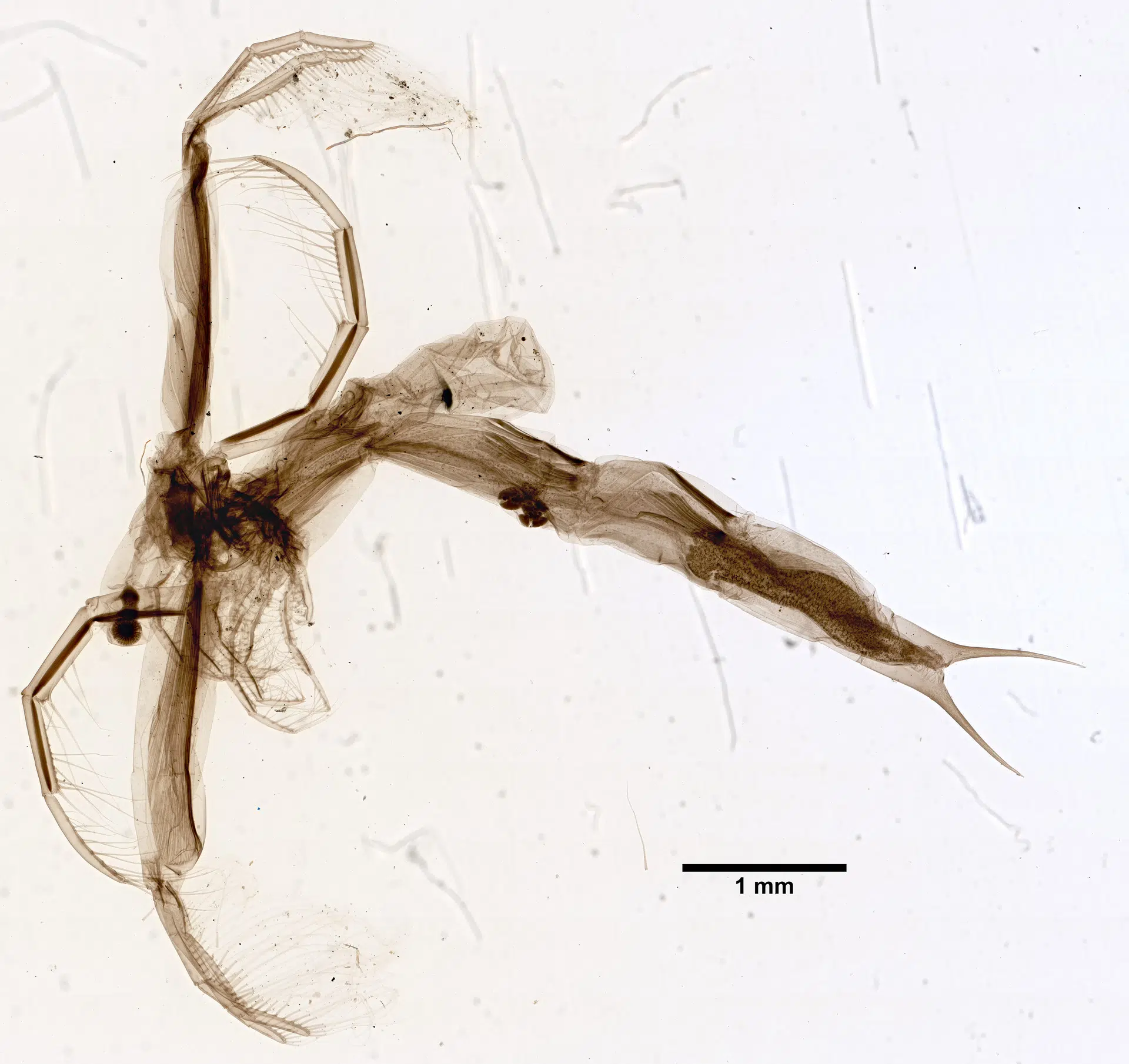Calling it a decades old question, researchers at the University of Regina say they know why fish in southern Saskatchewan’s Katepwa Lake contain high levels of methylmercury. They have conducted years of research and around the clock water sampling and found it is caused by large water fleas called Leptodora or Ghost fleas.
Researchers describe prairie lakes like Katepwa as productive meaning they contain lots of nutrients that allow algae to grow which typically dilutes the methylmercury but that wasn’t happening at Katepwa.
What the study found was that Leptodora migrates up from the bottom of the lake at night where the sediment is rich in mercury and that methylmercury is transferred when the fish eat the fleas. The missing piece of information researchers eventually came across involved how the fish could find their prey because Leptodora essentially transparent, which is why they are called ghost fleas. They discovered that the fish can sense the pressure waves as the ghost fleas make their way through the water.
Researchers are now looking into how Saskatchewan wetland ponds are affected by climate change in conjunction with methylmercury production.




















